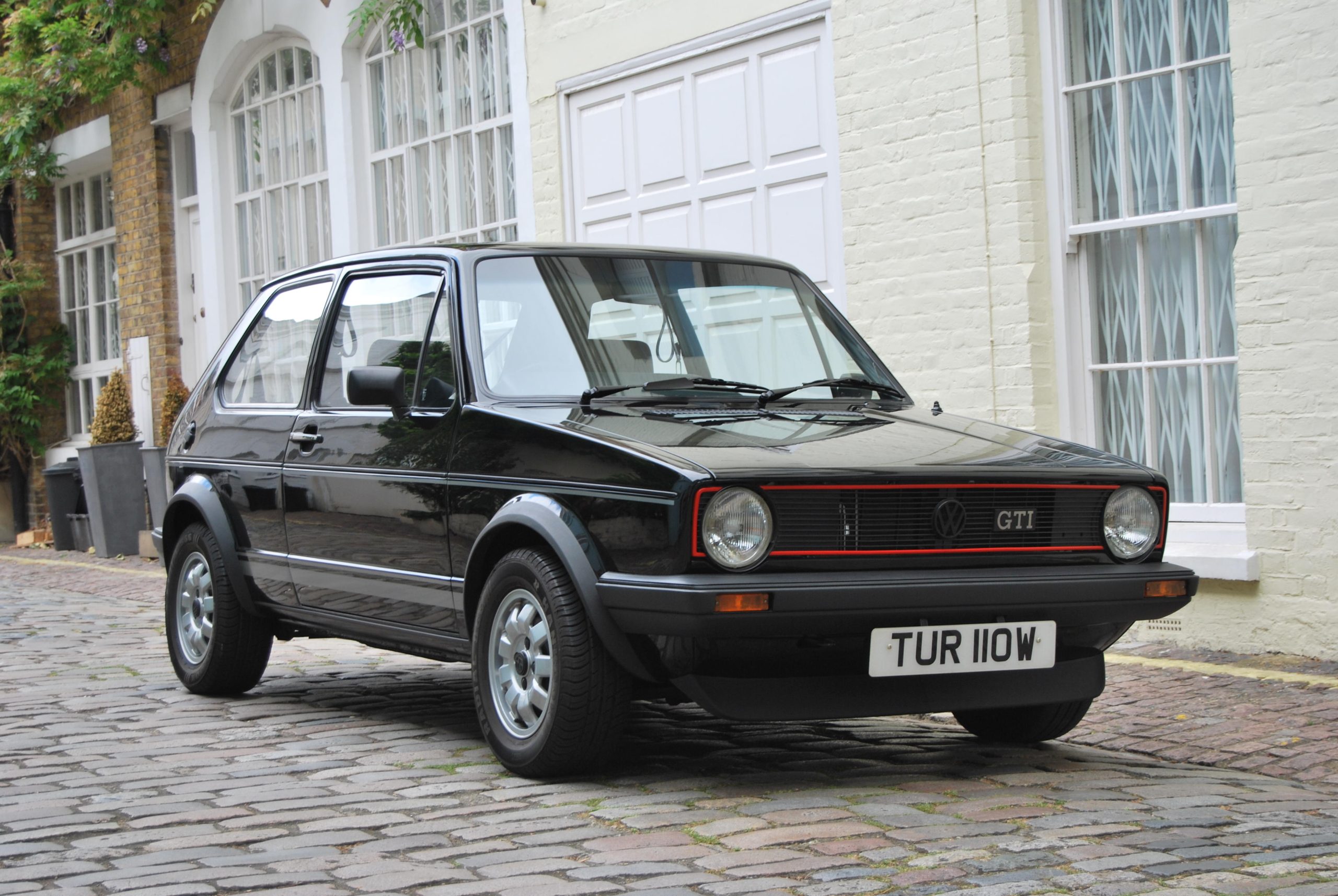In the annals of automotive history, certain vehicles stand out not just as milestones in engineering but also as cultural touchstones that transcend generations. Among these, the Volkswagen Golf Mark 1 holds a revered position. Introduced in 1974, this compact hatchback swiftly became an emblem of practicality, reliability, and versatility, defining a new era of motoring that continues to influence the automotive landscape today.
Genesis of an Icon
The genesis of the Golf Mark 1 lies in Volkswagen’s quest to replace the venerable Beetle with a more modern, practical, and fuel-efficient vehicle. Designed under the stewardship of the legendary Giorgio Giugiaro of ItalDesign, the Golf Mark 1 was a departure from the Beetle’s rear-engine, rear-wheel-drive layout, embracing a front-engine, front-wheel-drive configuration that maximized interior space and driving dynamics.
Launched as the successor to the Beetle, the Golf Mark 1 was a revelation. Its compact dimensions belied its spacious interior, capable of accommodating five occupants comfortably, while its hatchback design provided unmatched versatility, making it equally adept at city commutes and weekend getaways.
Engineering Ingenuity
Underpinning the Golf Mark 1’s success was Volkswagen’s commitment to engineering excellence. The car boasted a range of innovative features, including a transversely-mounted engine layout, MacPherson strut front suspension, and rack-and-pinion steering, all of which contributed to its nimble handling and spirited performance.
Furthermore, the Golf Mark 1 was offered with a range of fuel-efficient engines, including economical diesel variants, catering to the growing demand for frugal yet spirited motoring. Its robust construction and renowned build quality ensured that the Golf Mark 1 could withstand the rigors of daily driving with aplomb, earning it a reputation for reliability that endures to this day.
Cultural Impact
Beyond its technical prowess, the Golf Mark 1 left an indelible mark on popular culture. Its distinctive design, characterized by clean lines and timeless proportions, captured the imagination of motorists worldwide, spawning a legion of devoted fans who affectionately referred to it as the “Golf” – a name that would become synonymous with the compact hatchback segment.
Moreover, the Golf Mark 1’s success on the racetrack, particularly in rallying, further solidified its reputation as a performance icon. With victories in events such as the World Rally Championship, the Golf Mark 1 showcased its dynamic capabilities and cemented its status as a formidable competitor in motorsport circles.
Evolution and Legacy
Over the decades, the Golf lineage has evolved, with subsequent generations refining and enhancing the original formula laid down by the Golf Mark 1. From the introduction of advanced safety features and cutting-edge technology to the adoption of electrification and hybridization, each iteration of the Golf has built upon its predecessor’s legacy while staying true to the core principles of practicality, reliability, and driving enjoyment.
Yet, amidst this evolution, the Golf Mark 1 remains a cherished icon, revered for its simplicity, honesty, and timeless design. Its enduring appeal transcends generations, with enthusiasts around the world restoring and preserving these classic cars as a testament to their enduring legacy.
In the annals of automotive history, few vehicles command the same level of reverence and admiration as the Volkswagen Golf Mark 1. From its humble beginnings as a replacement for the Beetle to its transformation into a cultural icon, the Golf Mark 1 has left an indelible mark on the automotive landscape.
As we celebrate its legacy, we are reminded not only of its engineering prowess and cultural significance but also of the enduring appeal of a car that continues to captivate enthusiasts and motorists alike. In an ever-changing world, the Volkswagen Golf Mark 1 stands as a beacon of timeless design, driving pleasure, and automotive excellence.



